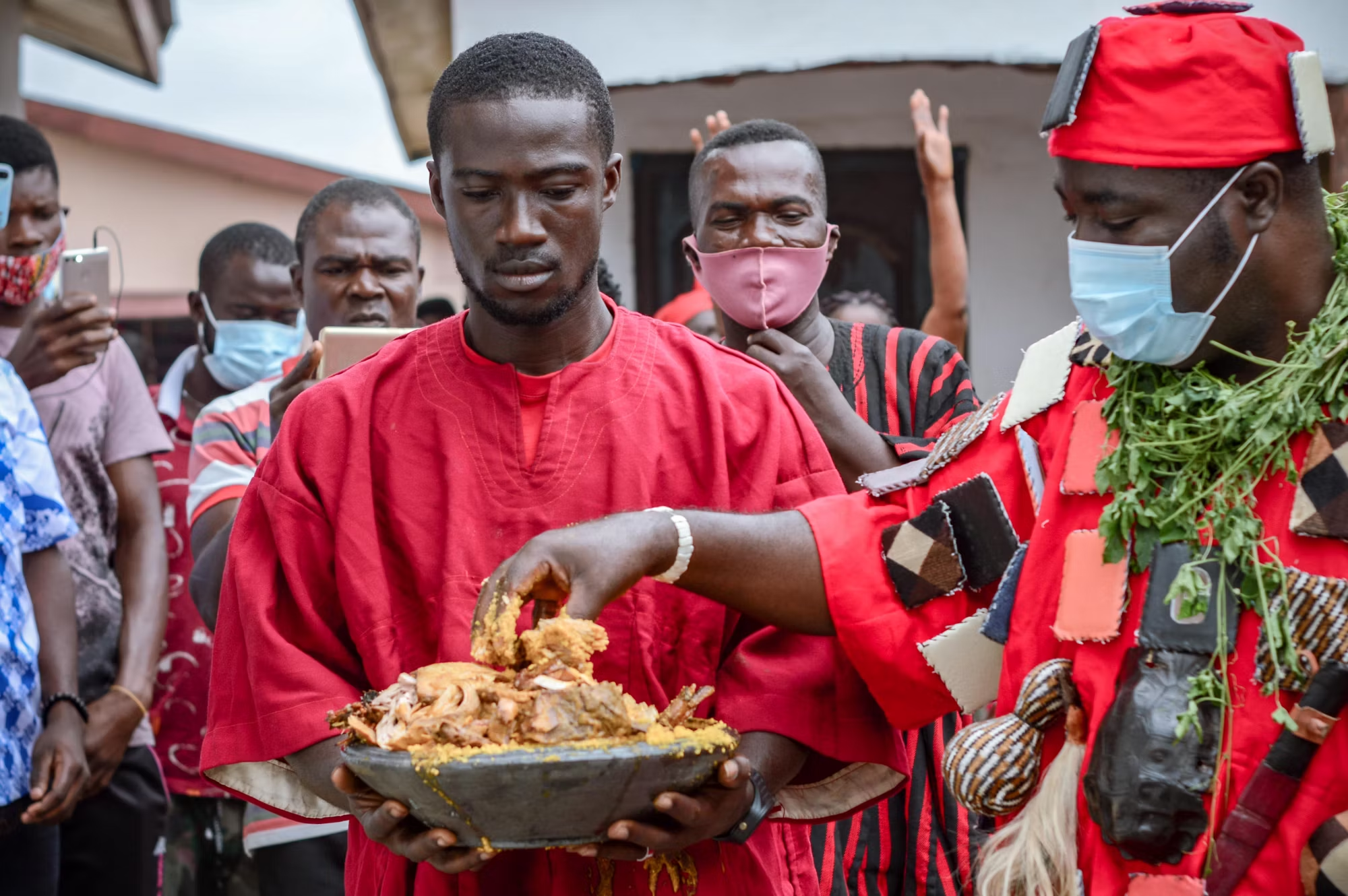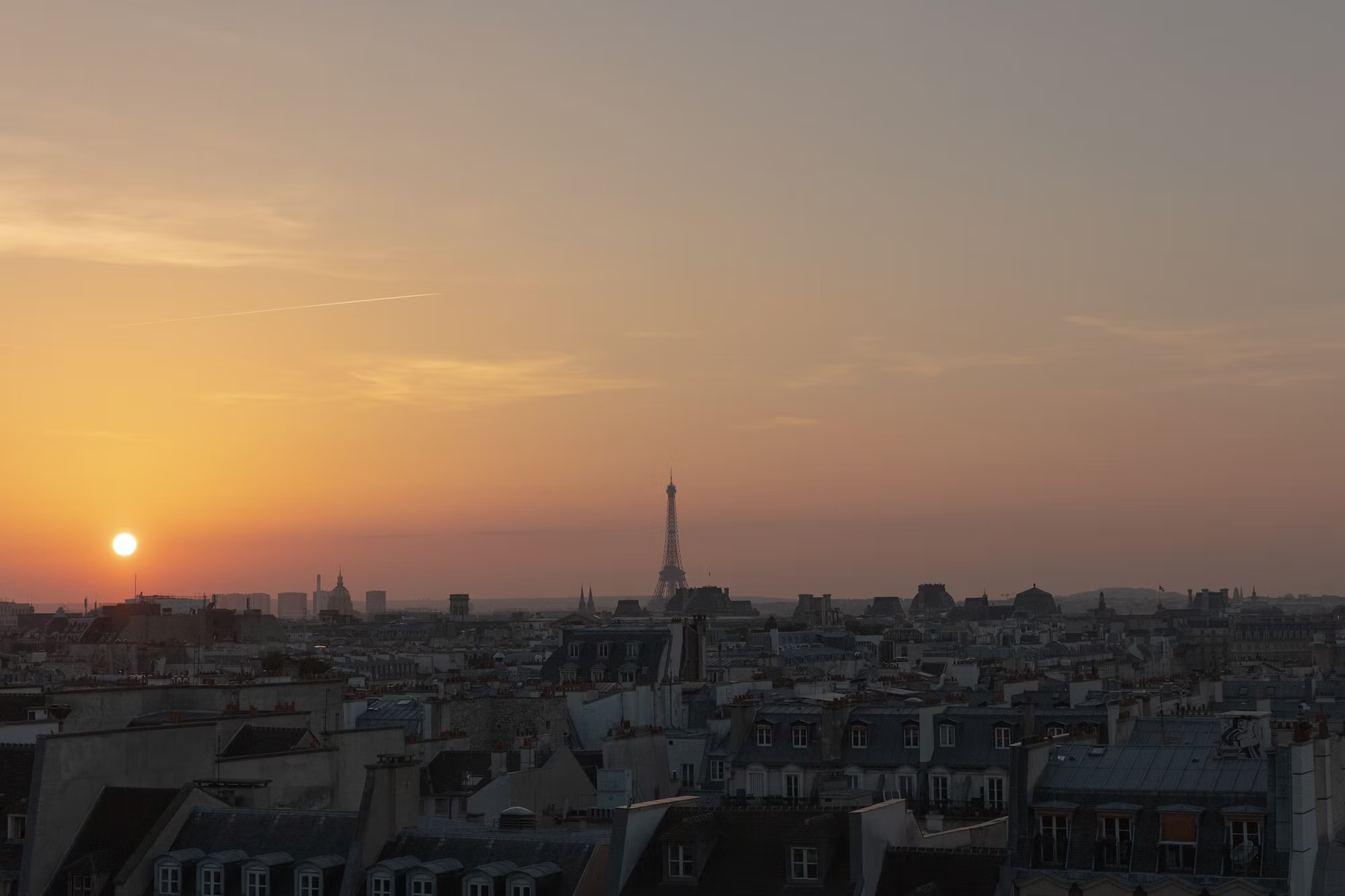Festivals of light hold a special place in cultures worldwide, serving as symbols of hope, renewal, and the triumph of light over darkness. These celebrations often coincide with seasonal changes or significant cultural events, illuminating communities with joy and unity. From Diwali in India to Hanukkah in Jewish traditions, festivals of light resonate deeply, showcasing the unique ways different cultures honor this timeless theme.
Diwali: The Festival of Lights
One of the most famous festivals of light is Diwali, celebrated by millions across India and around the world. Diwali signifies the victory of light over darkness and good over evil. During this five-day festival, homes are adorned with oil lamps called diyas, colorful rangoli patterns, and vibrant decorations. Families come together to perform prayers, exchange gifts, and indulge in festive sweets. The culmination of Diwali features spectacular fireworks displays, symbolizing the joy and brightness of the occasion. Diwali is not just a festival; it is a time for reflection, forgiveness, and the strengthening of family bonds.
Hanukkah: The Festival of Lights
In Jewish culture, Hanukkah, also known as the Festival of Lights, celebrates the rededication of the Second Temple in Jerusalem. The festival lasts for eight days, commemorating a miracle where a small amount of oil lasted for eight days in the temple’s menorah. Each night, a candle is lit on the menorah, gradually increasing the light throughout the festival. Hanukkah is a time for family gatherings, storytelling, and traditional foods like latkes and sufganiyot. The spirit of Hanukkah emphasizes hope, resilience, and the importance of community, encouraging people to remember their heritage and pass down traditions to future generations.
Chinese New Year: A Festival of Light and Color
Chinese New Year, also known as Lunar New Year, is celebrated with vibrant displays of light, color, and festivities. The festival marks the beginning of the lunar calendar and is a time for families to reunite, honor ancestors, and ward off evil spirits. One of the most iconic symbols of this celebration is the red lantern, which is hung to attract good fortune. Festivities include dragon and lion dances, fireworks, and elaborate feasts featuring symbolic foods. The festival emphasizes family unity, renewal, and the hope for prosperity in the coming year, showcasing the richness of Chinese culture.
The Lantern Festival: Celebrating the First Full Moon
The Lantern Festival marks the end of the Chinese New Year celebrations and is a stunning display of lights and colors. Held on the 15th day of the first lunar month, this festival features beautifully crafted lanterns that are often inscribed with riddles. Families gather to solve these riddles and enjoy sweet glutinous rice balls called tangyuan, symbolizing reunion and harmony. The sight of countless lanterns lighting up the night sky creates a magical atmosphere, reflecting hope, happiness, and the promise of new beginnings. This festival is a celebration of light that fosters community spirit and joy.
Holi: The Festival of Colors and Joy
Though not a traditional festival of light, Holi, the Festival of Colors, embodies the spirit of joy and renewal associated with light festivals. Celebrated in India and among the Indian diaspora, Holi signifies the arrival of spring and the victory of good over evil. Participants throw vibrant colored powders and water at each other, transforming streets into a kaleidoscope of colors. The festival encourages forgiveness, friendship, and the joy of coming together, promoting a sense of unity among participants. As the colors mix and laughter fills the air, Holi celebrates the light within each person and the beauty of community.
Diwali in Other Cultures
While Diwali is primarily known as an Indian festival, its significance resonates in various cultures. In Nepal, it is celebrated as Tihar, where different animals are honored, and homes are illuminated with lights and rangoli designs. Similarly, in Sri Lanka, the festival takes on unique local traditions, blending regional customs with the core values of Diwali. These variations highlight the adaptability of festivals of light, demonstrating how cultural practices evolve while maintaining their essence.
Festival of Lights in Provence
In France, the Festival of Lights in Lyon, known as Fête des Lumières, transforms the city into a dazzling display of light art. Every December, residents place candles in their windows to honor the Virgin Mary, while artists create stunning light installations throughout the city. This festival attracts visitors from around the world, celebrating creativity, art, and community spirit. The ethereal glow of lights reflects the beauty of Lyon and showcases how festivals can bring people together in appreciation of art and culture.
The Festival of Light in Jerusalem
In Jerusalem, the Festival of Light takes place each year, illuminating the Old City with artistic light displays and projections. This event celebrates the history and heritage of the city, inviting locals and tourists to explore its vibrant culture. The festival fosters connections among diverse communities, showcasing the unity that can be found in shared celebrations. As the city glows with lights, it becomes a symbol of hope and peace.
Cultural Significance and Impact
Festivals of light are not only moments of celebration but also serve as powerful symbols of cultural identity and resilience. They provide a platform for communities to come together, preserving traditions while embracing modern interpretations. The joy of these celebrations fosters a sense of belonging and connection, allowing individuals to express their cultural heritage proudly. Through music, dance, and art, festivals of light cultivate creativity and promote intercultural dialogue, enriching our understanding of one another.
Conclusion: The Enduring Power of Light
Festivals of light illuminate our lives, offering joy and connection amid the darkness. They remind us of the shared values of hope, renewal, and community that unite us all. As we celebrate these festivals, we not only honor our traditions but also recognize the beauty of diversity in our global tapestry. In a world that can sometimes feel overshadowed by challenges, the light of these festivals shines brightly, guiding us toward understanding, acceptance, and joy. Festivals of light, in all their forms, inspire us to cherish the connections we share and the light that resides within each of us.



